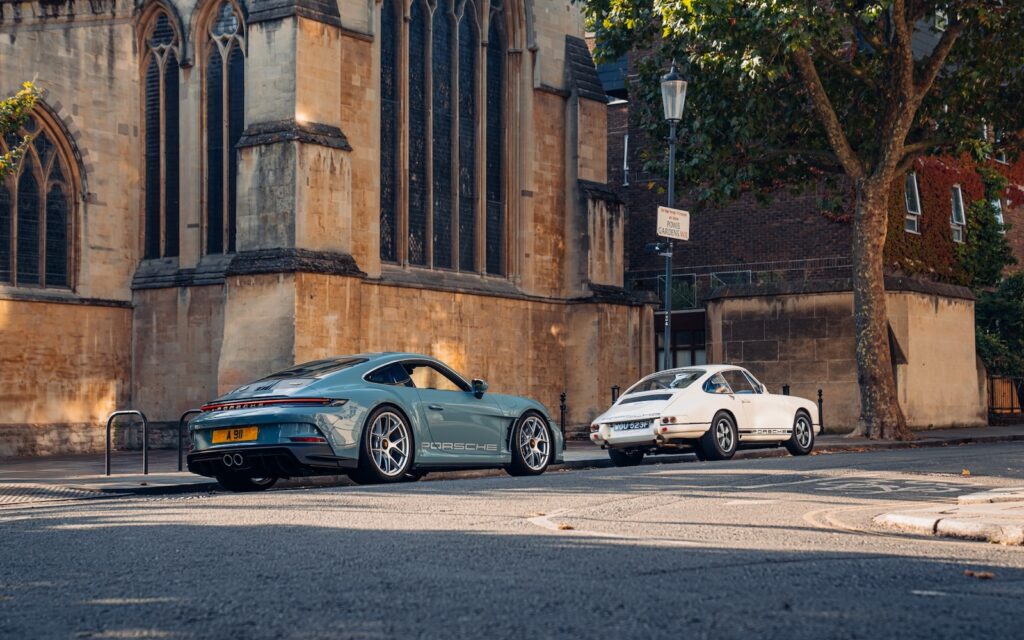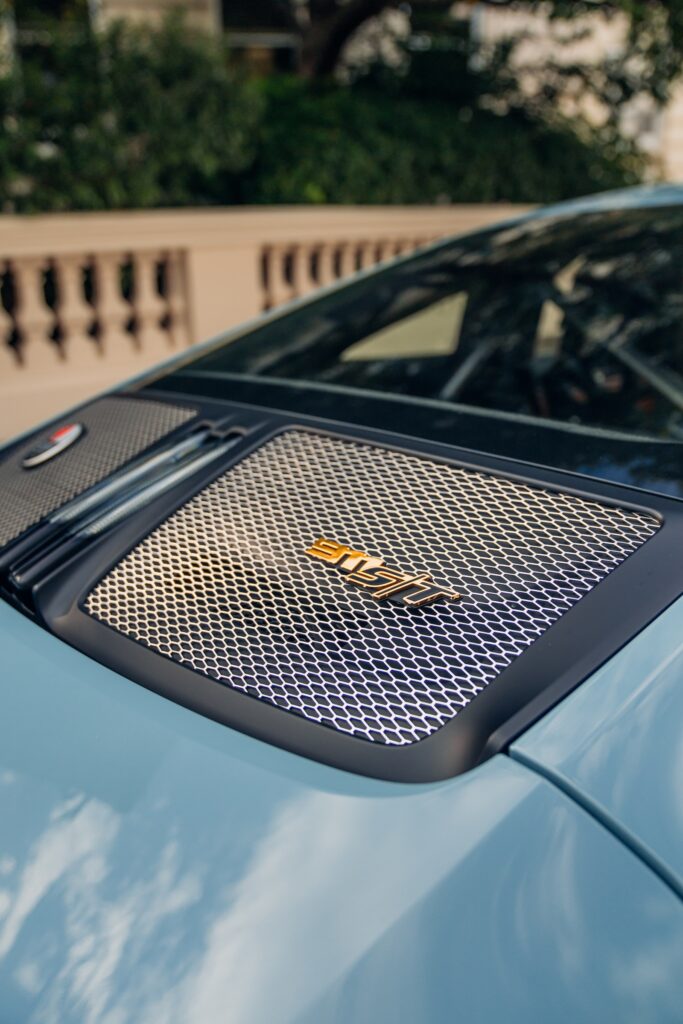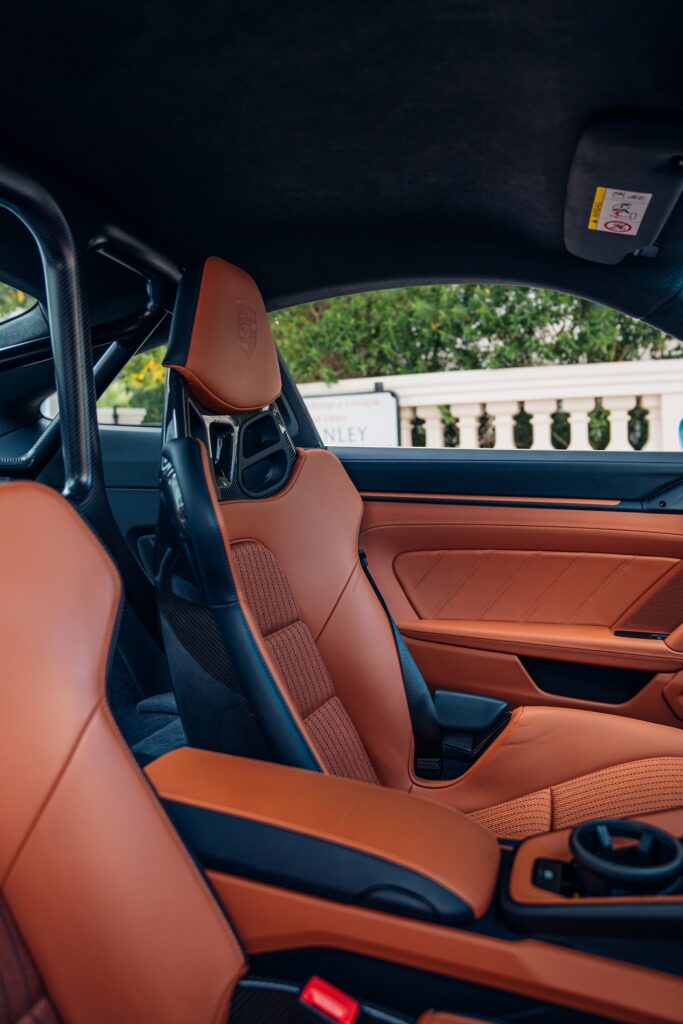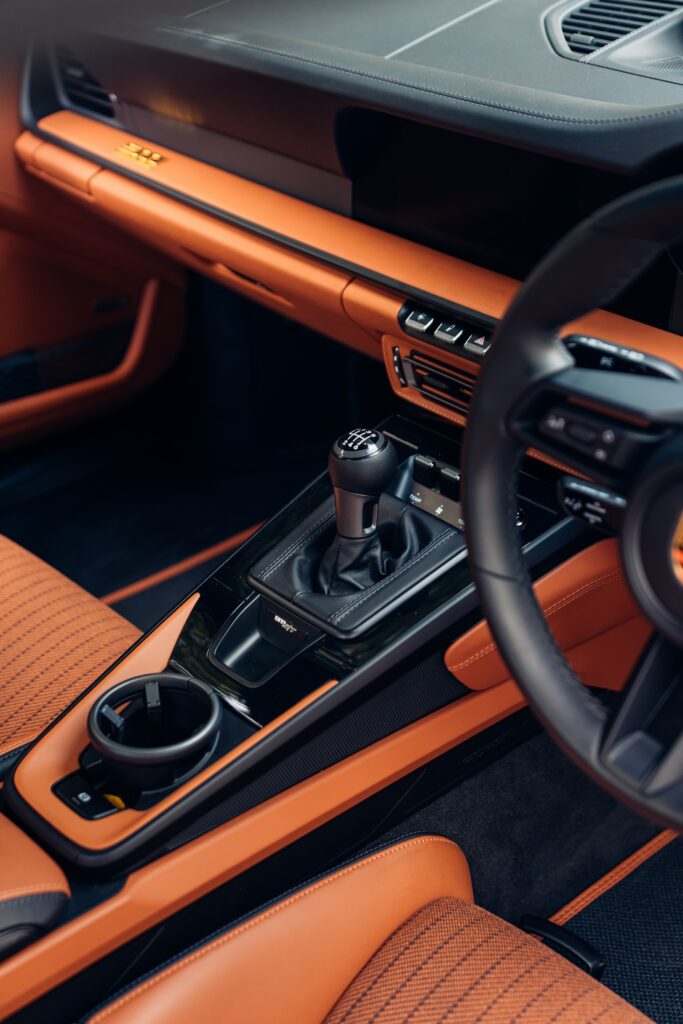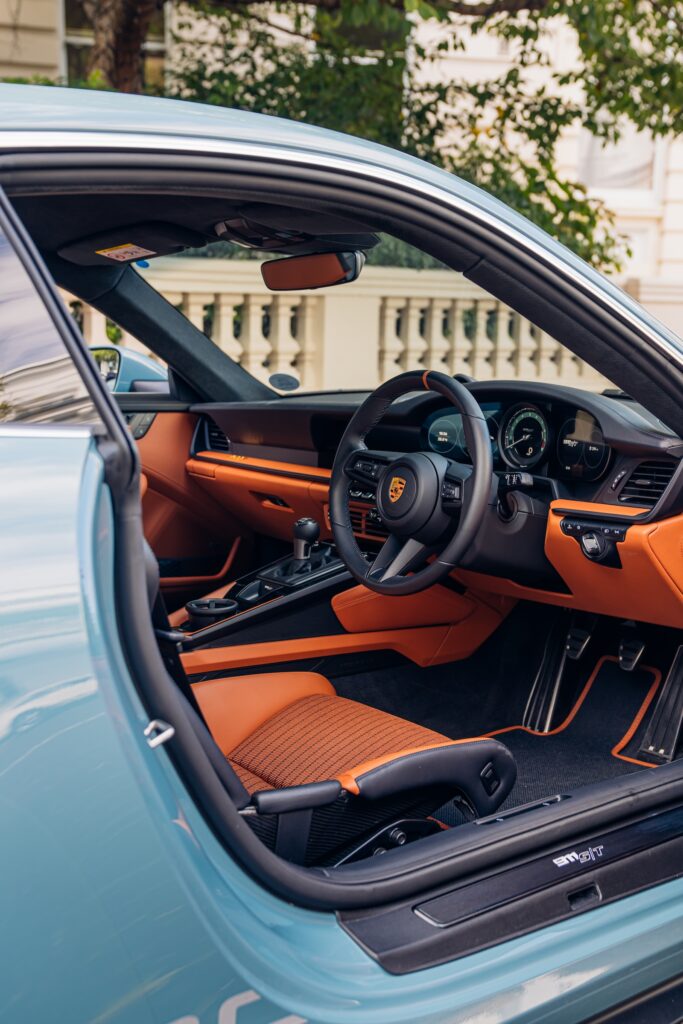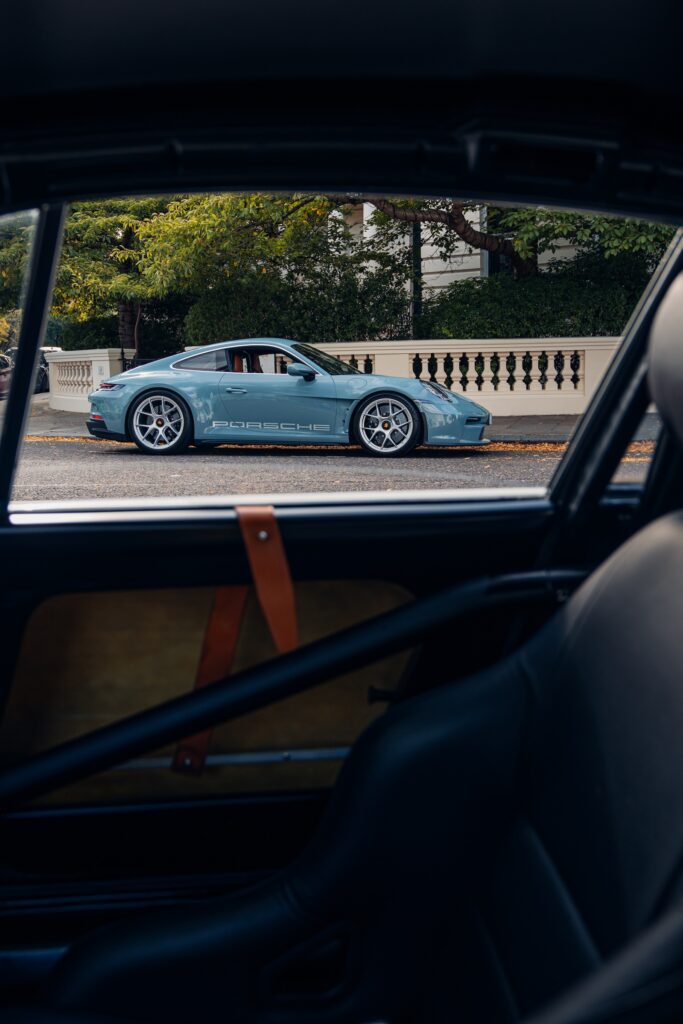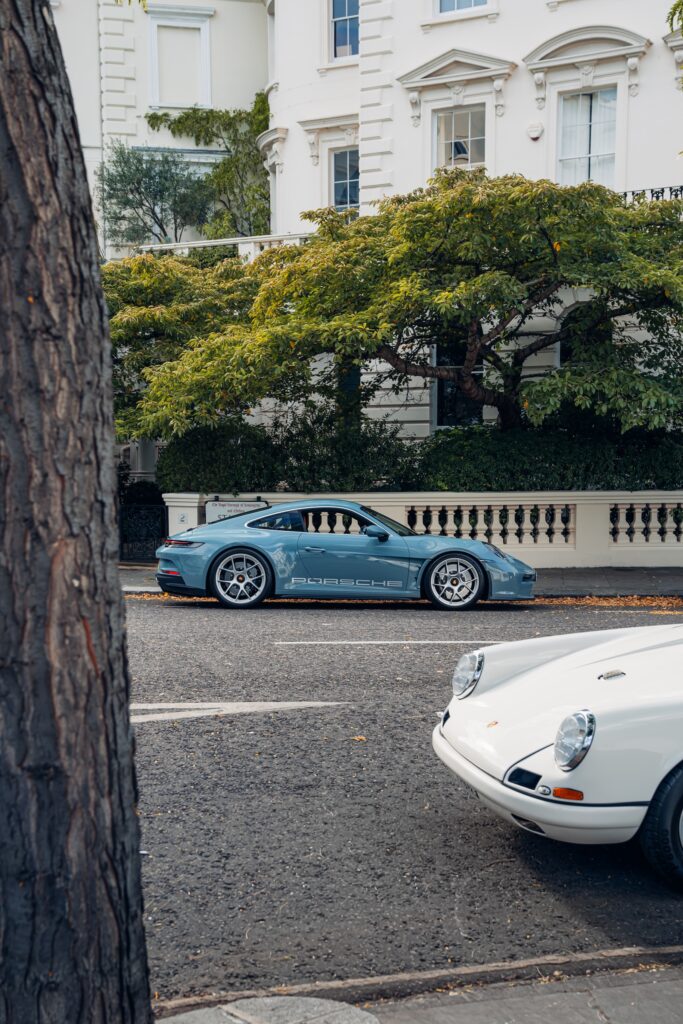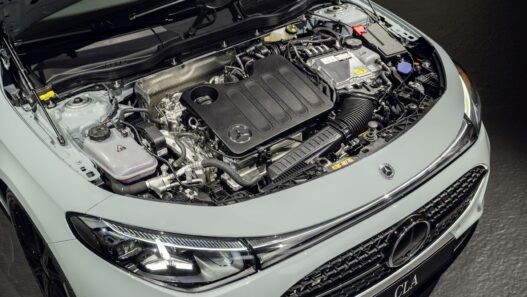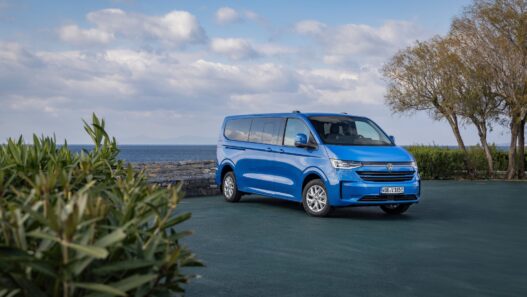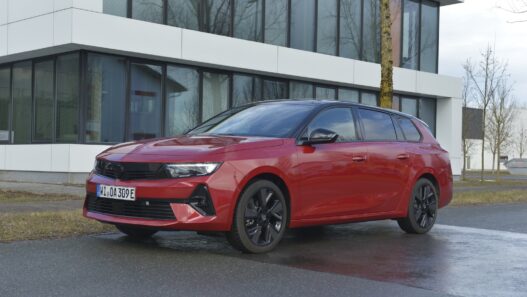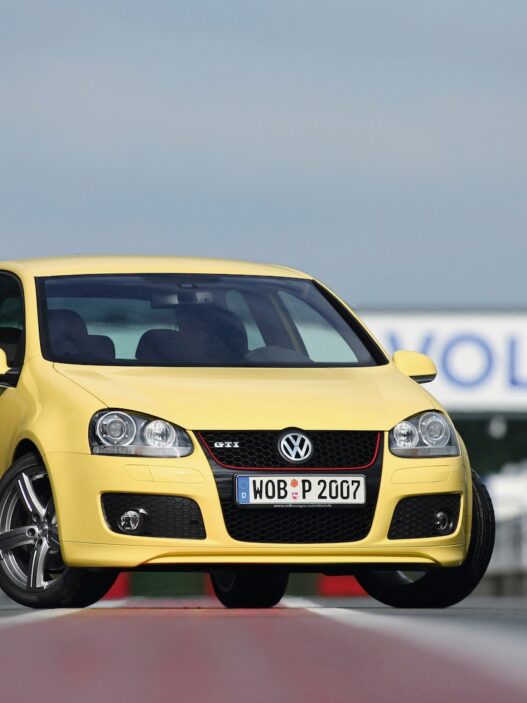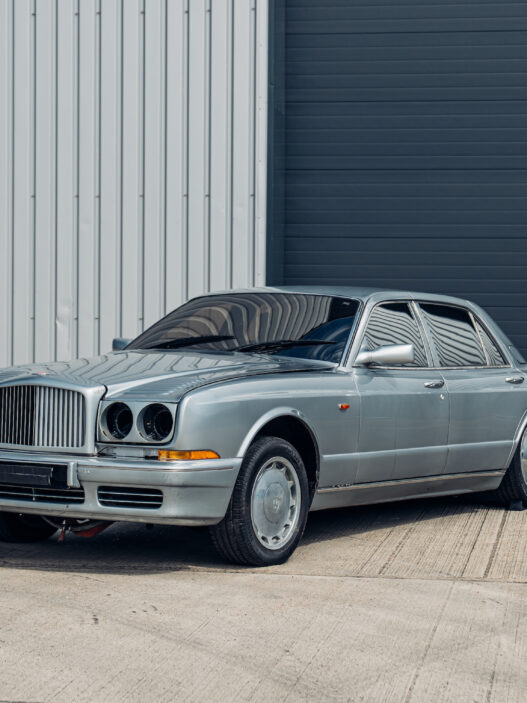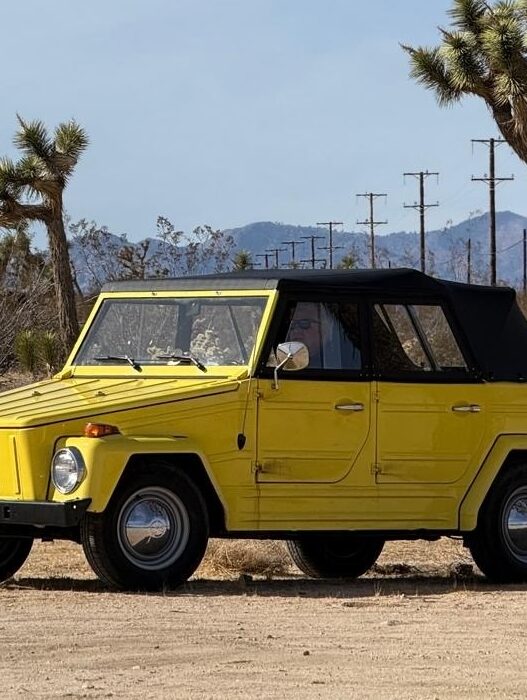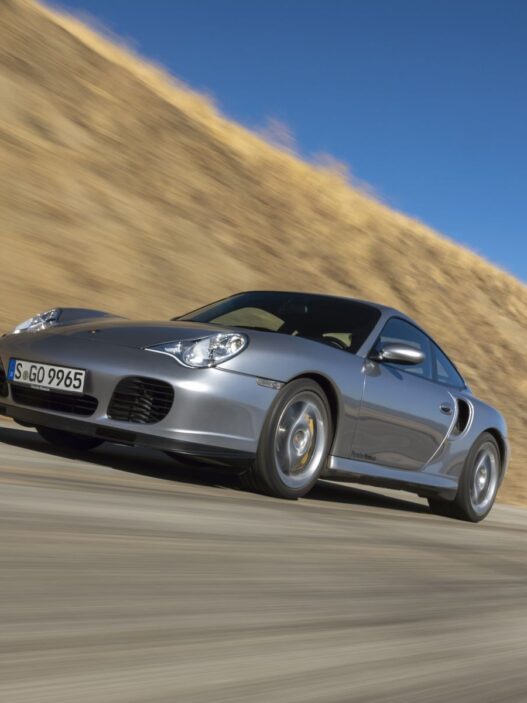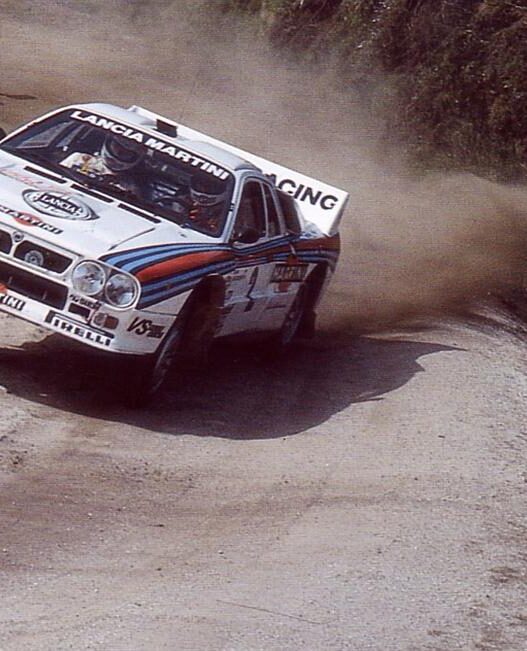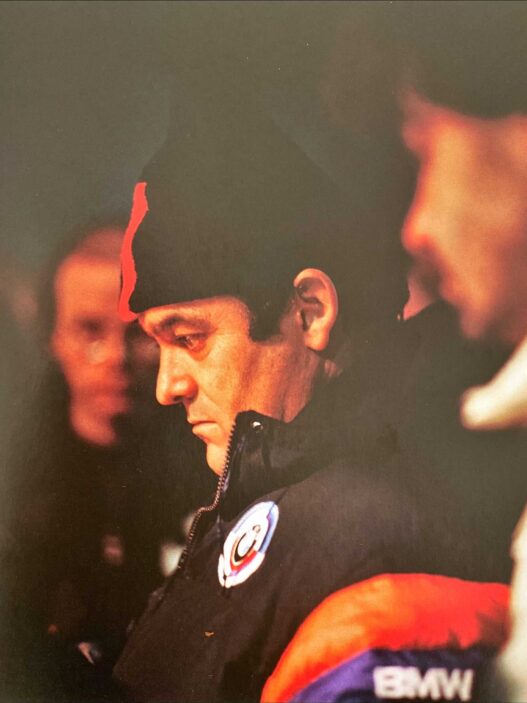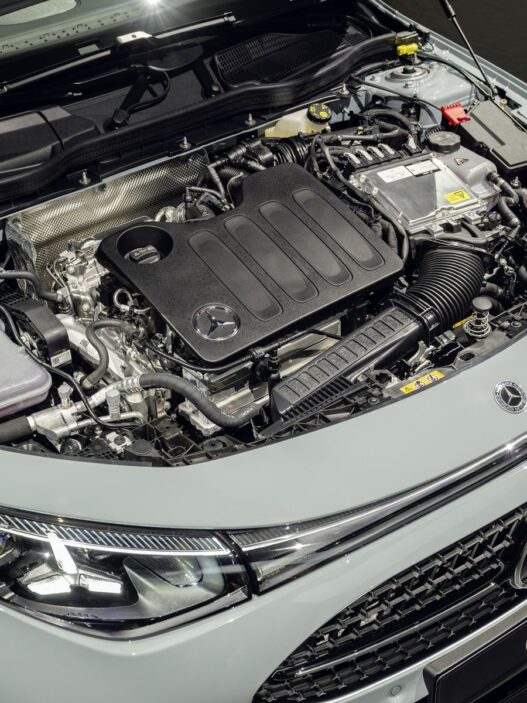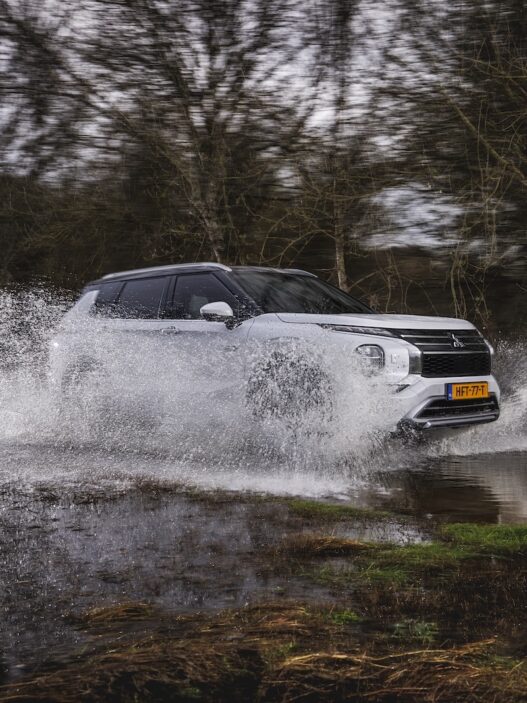When it comes to lightweight sports cars with a glorious racing history, few can match the Porsche 911. From legendary events like the Dakar Rally and Le Mans to Porsche’s own racing series, this Zuffenhausen icon has dominated both the track on Sunday and the showroom on Monday.
In 1967, Porsche unveiled the 911 R, a car that would mark a pivotal moment in the company’s illustrious motorsport legacy. Ferdinand Piëch, then head of Porsche’s research and development, envisioned the 911 R as a race-ready machine designed to dominate GT racing. The focus was on weight reduction, with engineers stripping every unnecessary gram from the 911 S, using fiberglass panels and Plexiglas windows. This effort brought the car’s weight down to an astonishing 800 kg, making it the lightest 911 ever built. Powered by a high-revving 2.0-liter engine producing 210 PS, borrowed from Porsche’s race cars, the 911 R was a purebred speed machine. Despite its brilliance, homologation issues prevented it from competing in the GT class, forcing it to race as a prototype against purpose-built race cars like the Porsche 906. Even so, it notched up several notable victories, including a grueling win at the 1967 Marathon de la Route, an 84-hour endurance race at the Nürburgring. With just 20 units built beyond the prototypes, the 911 R paved the way for future 911 race models, cementing Porsche’s place in motorsport history.

The legacy of the 911 R inspired future models, most notably the 1973 Carrera RS 2.7, which embraced the lightweight, high-performance philosophy pioneered by the 911 R. Today, both the 911 R and the Carrera RS 2.7 are prized collector’s items. Without the 911 R’s innovative thinking, Porsche’s motorsport trajectory might have taken a very different path. As Porsche celebrated its 60th anniversary in 2023, the company unveiled the 911 S/T, a car that harkened back to another lightweight 911 icon, the ST, rather than the R. While the time wasn’t ripe for mass production of such a stripped-down 911, lessons learned from the 911 R contributed to a new project. Starting in 1969, Porsche offered a racing package for the 911 S road car. Officially still called the 911 S to avoid costly homologation for a new model, Porsche internally dubbed it the 911 ST.
Lightweight construction remained the core philosophy. Porsche homologated a combination of the 911 S with a 2.2-liter engine and a stripped 911 T interior for FIA Group 3 regulations. Weight-saving measures included Plexiglas windows and body panels made from aluminum and fiberglass. The ST saw success right away, securing its first victories at the 1970 Monte Carlo Rally, where three 911 S 2.2 models claimed 1st, 2nd, and 4th places. Over its production life, the ST competed in high-profile events like the Acropolis Rally (1969), Nürburgring (1970), East African Safari Rally (1971), and endurance races at Le Mans (1972) and Daytona (1973).
From October 1970, Porsche offered the 911 S/ST as a road-legal “Sport Standard Version” under option code M471. This package could be ordered directly from dealerships, listed as a regular part of the 911’s options catalog. The circuit racing version was designated M491, while the rally version carried the M494 code. Production of the 911 S/ST ended after just three years. The ST badge remained dormant for 60 years before making a comeback with the 2019 991 Porsche 911 R, offering the GT3 RS experience in a wingless configuration with the same engine and a manual transmission. The 911 R from the 991 generation quickly achieved iconic status, and the 992 Porsche 911 S/T seems poised to follow in its footsteps — for good reason.
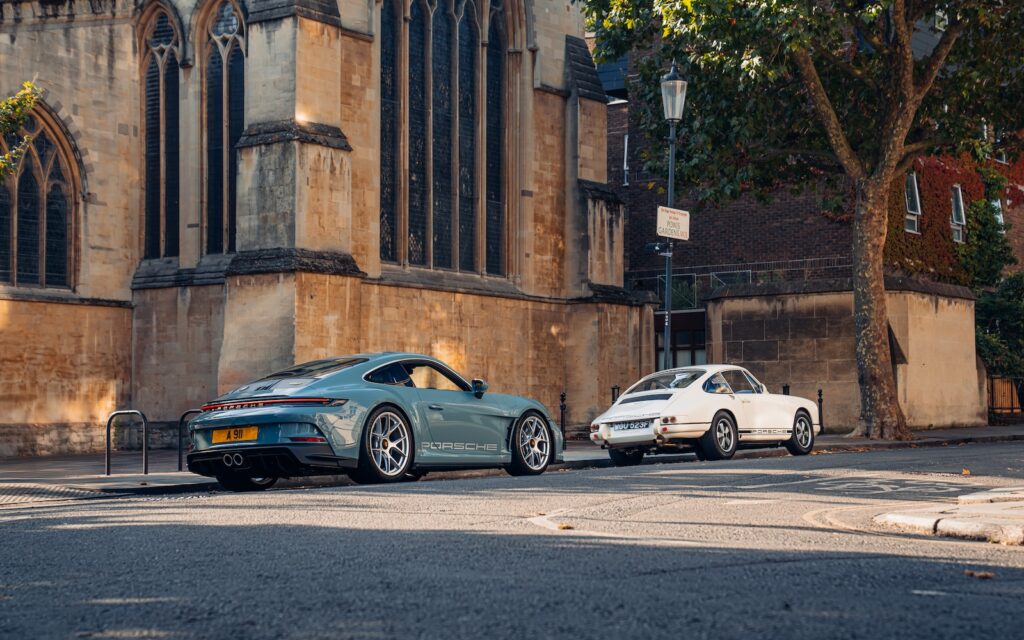
The 911 S/T caters to purists who appreciate a more visceral driving experience, and with just 1,963 units produced, it is reserved for Porsche’s top clientele. The 911 S/T is fitted with lightweight components like magnesium wheels and a carbon-fiber hood, tipping the scales at just 1,380 kg, making it the lightest model in the 992 generation. Behind the rear wheels, the 4.0-liter naturally aspirated engine from the Porsche 911 GT3 RS 992 roars with 510 PS — a familiar powerplant. Unlike all current RS models, the S/T features a manual transmission and a lightweight clutch, making it 10.5 kg lighter than the GT3 Touring’s gearbox. It also has a single-mass flywheel that gives the S/T incredible throttle response. The gear lever is shortened by about a centimeter to allow for faster, more precise shifts, and the gearbox is geared about eight percent shorter than in the 911 GT3.
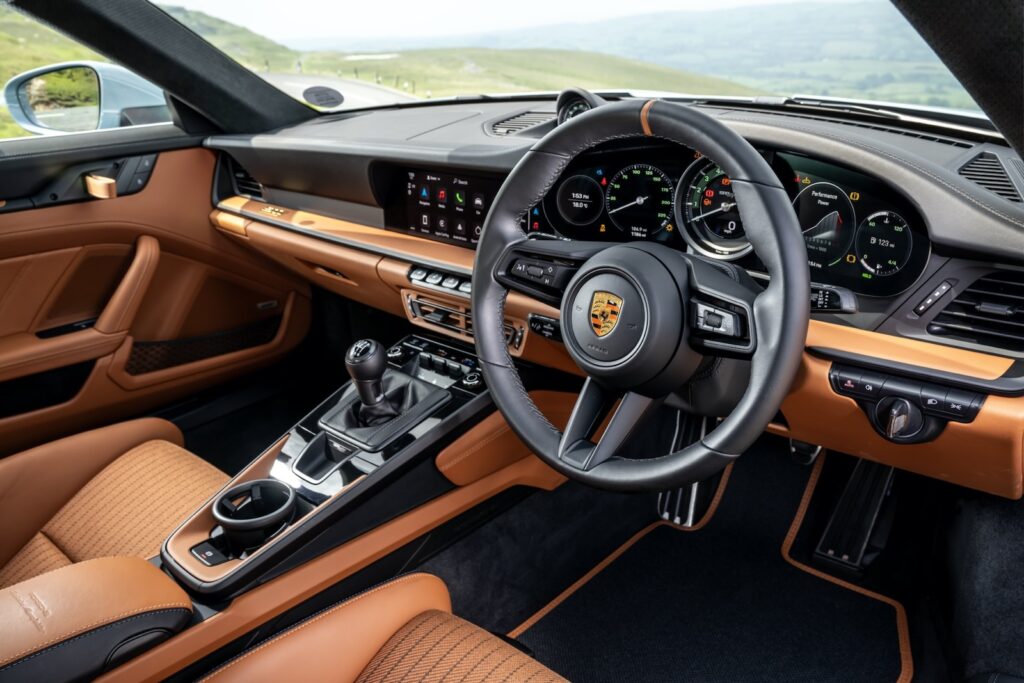
That third pedal might initially feel overwhelming, frustrating, and challenging. Yes, there’s the option of an automatic, but let’s be honest: in a car like this, you want to shift yourself. It’s meant to be a challenge! You must treat it with respect, much like the notorious clutch in the Carrera GT. If you rev the engine before the biting point, you’ll embarrass yourself. At idle, the clutch’s chatter is unsettling, rattling and clanking in a way that sounds nothing like when you press the pedal. It’s not a pleasant sound, but it serves as a constant reminder that this is no ordinary GT3. Let the clutch out and apply throttle, and you’ll experience the magic of a lightweight clutch and flywheel — the response is sharp, immediate, and alive, spinning freely with zero inertia. It demands quick, decisive shifts, or else the revs drop like a stone. You must stop messing around, learn to master the clutch and shifter, and when you do, it becomes one of the most satisfying, rewarding, and addictive gear changes you’ll ever experience.
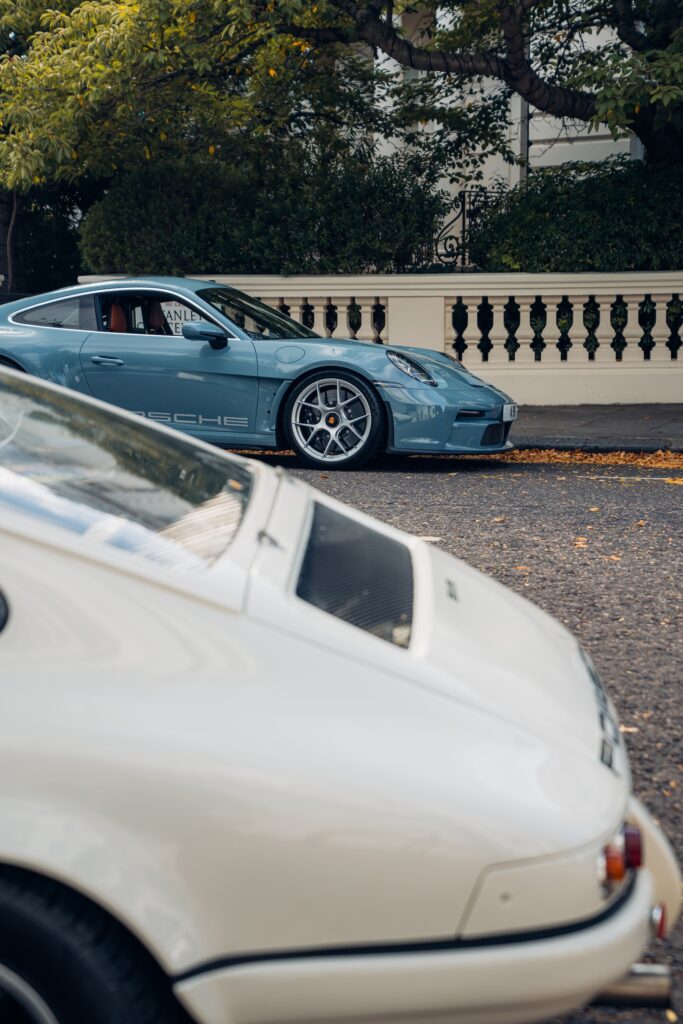
The suspension has also been tuned for the lighter weight, with a focus on balance and responsiveness. The result is a superbly handling car with damping that makes it feel comfortable, especially at higher speeds. The shorter gearing makes it a bit louder than the GT3, but no worse. The S/T still feels like a 992, which means it’s large on the road, especially when parked next to the beautifully petite 911 R. But the experience of this wild engine and the way it forces you to be a better driver to reap its rewards is unlike anything else, well, except for the 991 911 R. All 1,963 units of the S/T are sold out, and they’ll never trade at list price again. Anyone lucky enough to get behind the wheel will forever crave the satisfaction of driving the 2023 992 Porsche 911 S/T.
